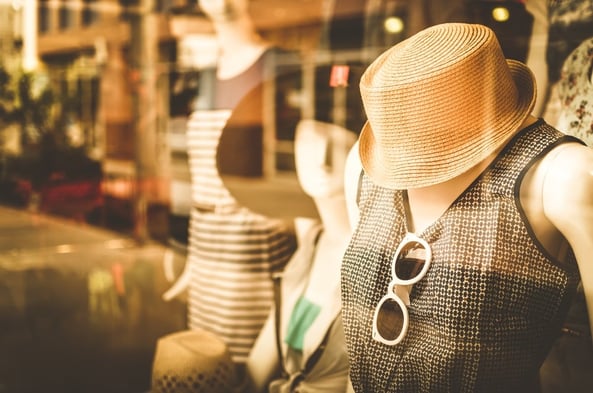 Evoking feelings of comfort, familiarity, and confidence, experiential design in retail is staging a profound comeback. CEOs spanning the retail continuum concur that a more nuanced approach to experiential design will connect with shoppers on a new, welcoming plane. Reaching customers in the midst of their frantic, task-oriented lifestyle, is the challenge retailers face in today’s marketplace.
Evoking feelings of comfort, familiarity, and confidence, experiential design in retail is staging a profound comeback. CEOs spanning the retail continuum concur that a more nuanced approach to experiential design will connect with shoppers on a new, welcoming plane. Reaching customers in the midst of their frantic, task-oriented lifestyle, is the challenge retailers face in today’s marketplace.
“Retailtainment,” or retail plus entertainment, recognizes the need for retailers to both sell and entertain. From the perspective of selling products, experiential design trends include product sampling, demonstrations, and “try before you buy” methods for fashion, beauty, skin care, and other consultation-friendly products.
Here’s what’s new in retail experiential design:
- Grocers, beauty, and skincare retailers are offering consultations and samples tailored to shoppers’ needs, and even a few of their extravagant desires. Presentation areas are being designed with inviting colors and warm lighting, and comfortable chairs, helping shoppers to escape from the demands of their clock and calendar — if even briefly.
- Shoppers’ senses and sensibilities are being engaged with memorable experiences using video storytelling, interactive displays, and calls to action. Rachel Shechtman’s store on 10th Avenue in New York City offers a new “story” every six to eight weeks engaging shoppers to feel, desire, and experiment with her products.
- Mixed-reality technology is being implemented to add dimension and excitement. Companies like Calvin Klein, Nike, and New Balance have employed such interactivity. These trendy elements of experiential design can attract new customers as well as appeal in new ways to retailers’ existing customer base.
Our list continues with examples from throughout the industry that engage customers with product knowledge, experimentation, and purchasing:
4. Motion-activated fittings
5. Self-serve kiosks for taverns, coffee bars, juice stations, and more
6. Interactive storefronts with music and/or dance
7. Interactive, high-tech mannequins
8. Augmented reality jewelry counters where customers can see themselves donning jewelry for a night of celebration
9. For the more adventurous shopper, extreme interactive shopping
Nevertheless, no matter how exciting or innovative an experience can be, store layout continues to play an important role in retail experiential design. Entering into a clean, beautifully laid out store with eye-popping POS displays and attentive, smiling staff can make or break a shopper’s experience. Displays should be vibrant, peppered with interactivity, yet not overwhelming to the senses (audio, visual).